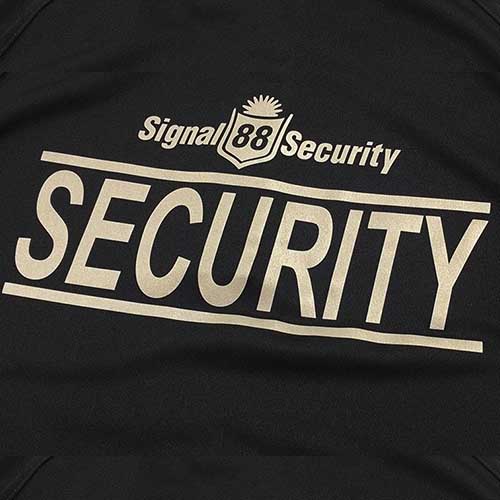Heat Transfer Vinyl Printing In Delhi
For Bulk Orders Enquire Now
Heat Transfer Vinyl Printing Services
Heat transfer vinyl is a type of vinyl used to embellish or customise T-shirts, clothing, and other fabrics. When heat pressed for the appropriate amount of time, temperature, and pressure, HTV contains a heat-activated adhesive backing that allows the vinyl to stick to your clothing permanently.
You can cut digital designs into vinyl with a vinyl cutter, such as a Silhouette CAMEO or Brother ScanNCut, and then heat press the graphics onto your T-shirt or garment. As a result, high-quality tailored clothing with excellent durability, look, and feel are produced.
One of the most appealing aspects of heat press vinyl is the wide range of colours and treatments available – glossy, matte, flock, stretchable, glow-in-the-dark, glitter HTV, you name it! Whatever project you’re working on, there’s an HTV that’s suited for it.
How Long will Heat Pres Shirt Last
In terms of cost, procedure, and picture complexity, heat pressing has a number of advantages. The biggest disadvantage is that heat pressed things do not survive as long as screen printed items. Heat pressing is the method of using heat and pressure to adhere vinyl to a shirt. As a result of repeated washing and wear, the adhesive and vinyl may eventually fail.
The last thing we want with heat press patterns on shirts is for them to split and peel. As a result, it’s critical to determine how long heat press shirts will endure.
So, how long can you expect a Heat Press Shirt to last
The manufacturer advises roughly 50 washes for vinyl heat transfers with proper clothing care, after which they will crack and fade.
When it comes to heat press products, we have to consider the adhesive as well as the shape of the vinyl. As a result, it’s critical to understand what can harm heat-pressed objects.
What causes Heat Press prints to Wear Out
Wear and tear on the shirts will cause the vinyl to peel off and the shirts to fracture. The more extreme the temperatures and the more water there is, the more likely the adhesive on the shirt will loosen and damage.
- Not letting the shirt settle: Before washing, ironing, or wearing the shirt, allow it to settle for 24 hours. This should help the adhesive dry and adhere to the print.
- Using hot water: The adhesive will be broken down by heat. Cold water should be used to wash the fabric.
- Using the Dryer: The print will be damaged by the dryer and will shrink. It will also weaken the vinyl’s stickiness. When it comes to drying a wet shirt, hanging it to dry is the best option.
- Soaking before washing: The adhesive will loosen as a result of this. Although the results of soaking are not immediately visible on the garment, they will be after 2-3 soakings. The vinyl will then entirely peel away at this stage.
- Exposure to extreme weather conditions
- Ironing: Direct heat from an iron will destroy vinyl. In order to iron a shirt with vinyl, a protective barrier between the print and the iron must always be present. Turning the shirt inside out is another option.
- Fabric softener: The clothing will be stripped. When your vinyl tries to stick to those identical strands, it develops a coat between them, causing issues.
- Bleaching: Will react with the vinyl as well, causing it to lose its physical strength. To get around this, spot clean the stain with bleach rather than soaking the entire shirt in bleach.
- Fabric stretching and rough handling are two things that can happen to a piece of fabric.:
- Dry Cleaning: Vinyl has a high level of resistance. However, the adhesive might not. The heat on the cloth will cause the print to peel off if you dry clean your shirt. It is recommended that the cloth be washed in cold water.
Heat Transfer Vinyl Printing is Booming
Any new business owner who wants to install heat transfer or t-shirt transfer printing equipment will need to figure out how much it would cost. With the increasing popularity of white towner printers and Digital Heat FX “no weed” systems, earning a return on your investment in heat transfer printing is well worth the money.
Even if you’re expanding your business, you’ll want to be sure you’re getting the most return on your investment before you start printing t-shirts (ROI for your heat transfer printing). How much money do you make on each shirt… and how much money do you make at the end of the month?

